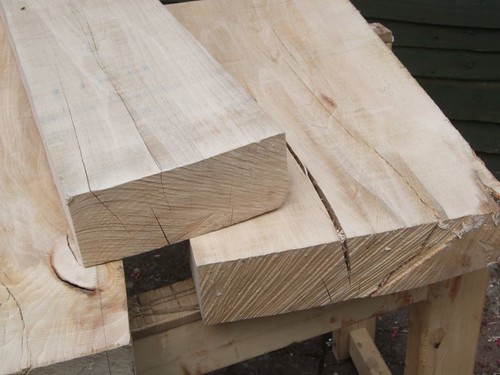moz
Established Member
Richard, I know what you mean about tannin/iron stains but this is something different. It isn't a chemical reaction to metal nor is it a fungal stain. I don't know what the technical name is for it but it results from differences in drying speed and temperature. Let's say, for example, that this timber was air dried too quickly in warm weather to the extent that the outer fibres dropped to a MC of 35% but with the centre nearer to 60%. Then the lot was stuck into a kiln at a high temperature till an average MC of 10% was achieved. What people refer to as 'enzymatic oxidation reaction' i.e. the reaction which alters the colour of the timber is happening at sharply different rates and degrees in different parts of the boards. I don't know how common this is but I have seen it before from a different supplier and have had the opportunity to observe some examples over a couple of years. The contrast in colour doesn't diminish with age and I think can be regarded as permanent. I would hazard a guess that most people would see that typical streaking and assume that it was either a feature of the living tree or of the fallen log. However, the shots of the end grain I posted show how the 'stained' portion is contained within the centre of each sawn board. My point is that, although there are problems and necessary precautions with air-dried timber, the complexities seem to really pile on when you get into proper kiln drying, as this particular fault touches upon.
John
John


































